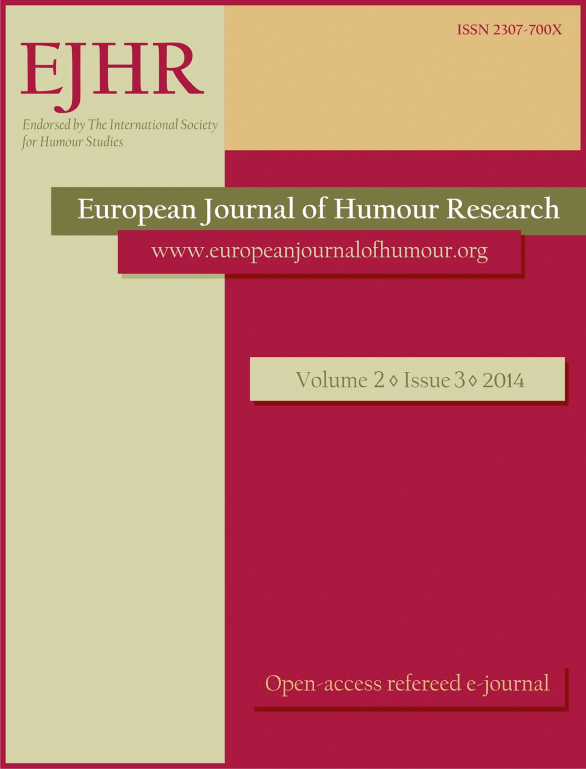A statistical analysis of satirical Amazon.com product reviews
A statistical analysis of satirical Amazon.com product reviews
Author(s): Stephen Skalicky, Scott CrossleySubject(s): Social Sciences, Language and Literature Studies, Media studies, Theoretical Linguistics, Applied Linguistics, Communication studies, Pragmatics, Sociolinguistics
Published by: Krakowskie Towarzystwo Popularyzowania Wiedzy o Komunikacji Językowej Tertium
Keywords: satire; statistical analysis; online product reviews;
Summary/Abstract: A corpus of 750 product reviews extracted from Amazon.com was analyzed for specific lexical, grammatical, and semantic features to identify differences between satirical and non-satirical Amazon.com product reviews through a statistical analysis. The corpus contained 375 reviews identified as satirical and 375 as non-satirical (750 total). Fourteen different linguistic indices were used to measure features related to lexical sophistication, grammatical functions, and the semantic properties of words. A one-way multivariate analysis of variance (MANOVA) found a significant difference between review types. The MANOVA was followed by a discriminant function analysis (DFA), which used seven variables to correctly classify 71.7 per cent of the reviews as satirical or non-satirical. Those seven variables suggest that, linguistically, satirical texts are more specific, less lexically sophisticated, and contain more words associated with negative emotions and certainty than non-satirical texts. These results demonstrate that satire shares some, but not all, of the previously identified semantic features of sarcasm (Campbell & Katz 2012), supporting Simpson’s (2003) claim that satire should be considered separately from other forms of irony. Ultimately, this study puts forth an argument that a statistical analysis of lexical, semantic, and grammatical properties of satirical texts can shed some descriptive light on this relatively understudied linguistic phenomenon, while also providing suggestions for future analysis.
Journal: The European Journal of Humour Research
- Issue Year: 2/2014
- Issue No: 3
- Page Range: 66-85
- Page Count: 20
- Language: English

